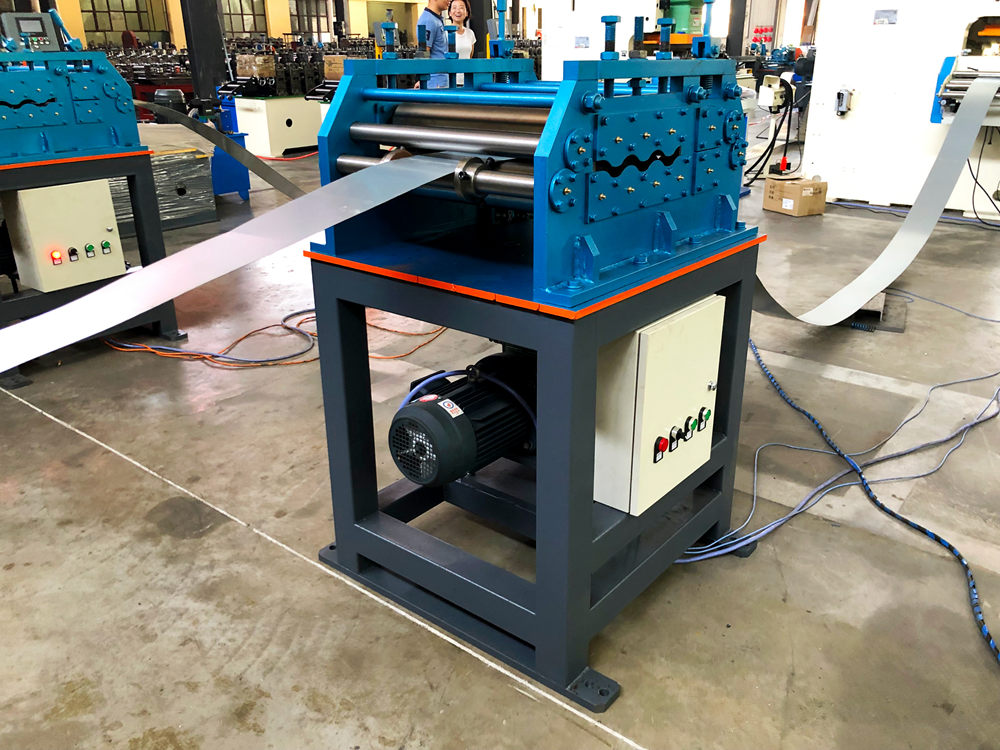
The Evolution and Importance of CNC Machinery in Modern Manufacturing
Computer Numerical Control (CNC) machinery has revolutionized the manufacturing landscape over the past few decades. This technology, which utilizes computers to control machine tools, has become integral to various industries, including aerospace, automotive, custom fabrication, and electronics. The significance of CNC machinery lies in its precision, efficiency, and ability to produce complex parts with remarkable accuracy.
CNC machinery originated in the 1940s and 1950s, evolving from earlier numerical control methods that used punched cards and mainframe computers to guide machines. As technology advanced, so did the capabilities of CNC machines. Today, CNC machines can perform a wide range of operations such as milling, turning, drilling, and grinding with minimal human intervention. This automation has not only enhanced productivity but has also reduced the risk of human error, leading to higher-quality products.
The Evolution and Importance of CNC Machinery in Modern Manufacturing
CNC machinery also contributes to efficiency in production processes. With traditional machining, setups can be time-consuming, often requiring multiple machine tools and significant manual adjustments. CNC machines, however, can carry out complex operations with speed and precision, often in one continuous process. This not only reduces the time required for production but also minimizes material waste, as these machines can optimize cutting paths and reduce scrap.

Another significant benefit of CNC machinery is its flexibility. Modern CNC systems can be programmed and reprogrammed quickly, allowing manufacturers to switch between different products with ease. This adaptability is particularly beneficial for businesses that produce small to medium runs of various items. Companies can respond swiftly to market demands without incurring substantial costs associated with retooling or investing in new equipment.
Moreover, the advent of advanced technologies like CAD (Computer-Aided Design) and CAM (Computer-Aided Manufacturing) has further enhanced the capabilities of CNC machinery. With CAD, designers can create intricate 3D models, which are then translated into machine-readable instructions through CAM software. This synergistic relationship between design and manufacturing has accelerated the development process, enabling manufacturers to bring products to market much more rapidly.
Despite the many benefits of CNC machinery, it is essential to acknowledge certain challenges. The initial investment for CNC equipment can be substantial, which may deter some smaller businesses from adoption. Additionally, the reliance on technology necessitates a skilled workforce capable of programming and troubleshooting CNC systems. Training and ongoing education are crucial to effectively leverage the full potential of CNC technology.
In conclusion, CNC machinery has become a cornerstone of modern manufacturing, offering unmatched precision, efficiency, and adaptability. Its influence spans multiple industries, driving innovation and enabling companies to meet the increasing demands for high-quality products in a competitive marketplace. While challenges exist in terms of investment and workforce training, the long-term benefits of adopting CNC technology are clear. As we move forward, the continued evolution of CNC machinery promises to further transform manufacturing processes, resulting in even more sophisticated products and improved production methods. Embracing this technology will be crucial for businesses looking to thrive in an ever-changing industrial landscape.